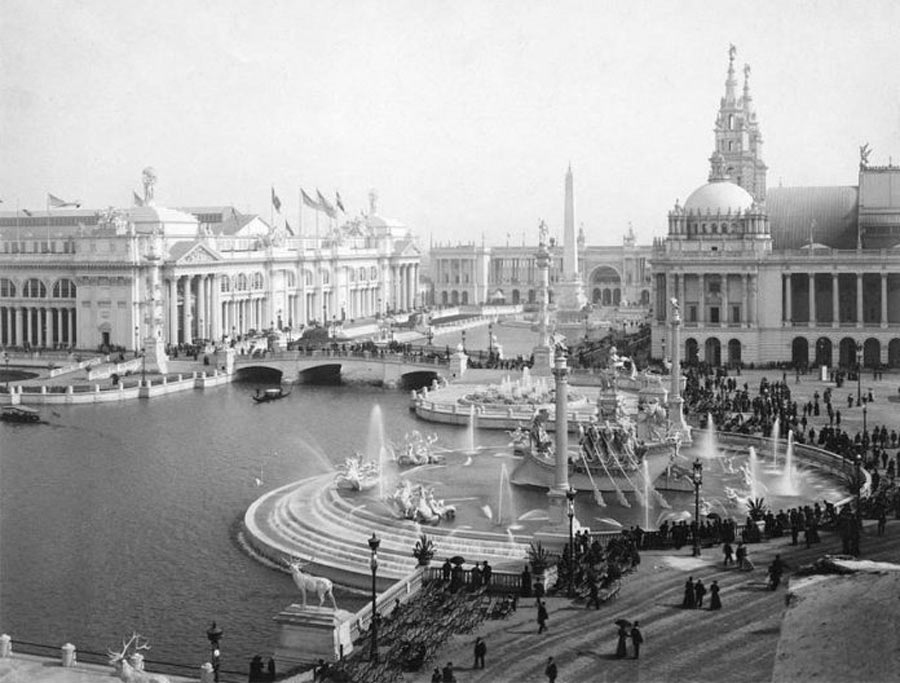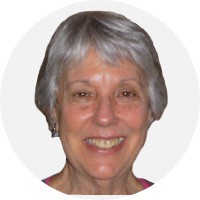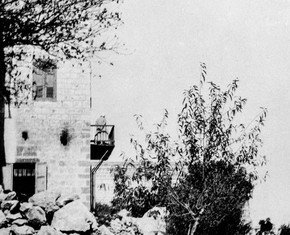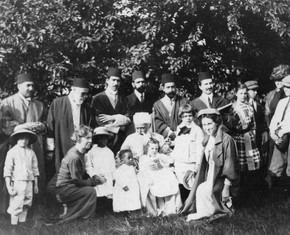The views expressed in our content reflect individual perspectives and do not represent the authoritative views of the Baha'i Faith.
Did you know that the first public mention of the Baha’i Faith in North America occurred in 1893 during the World Parliament of Religions (WPOR) in Chicago?
Without knowing much more than that, several months ago I heard that another WPOR would convene during late October in Toronto, just a few hours drive from where I live. I decided to investigate, and when I saw a listing of the conference themes—more about those later—I knew I wanted to go.
That decision having been made, I registered and then began planning for it—including logistics such as a place to stay in Toronto. Due to my admittedly limited knowledge about the event and its history, I also resolved to educate myself about it, and I learned some amazing things.
The History of the World Parliament of Religions
What was happening in the world, I wondered, to prompt that initial World Parliament of Religions in 1893, and why in Chicago? Perhaps just as importantly, how did it relate to other developments around the world?
The more I learned about the history, spirit, and program details, the more I saw the fulfillment of these words from Baha’u’llah: “Let your vision be world-embracing, rather than confined to your own self.” – Tablets of Baha’u’llah, p. 87.
The impetus to host such major international events, such as a World Expo or World’s Fair, originated in France with their 1844 “Industrial Exposition.” Soon after that, several nations held their own national exhibitions. Then, in 1851, “The Great Exhibition of the Works of Industry of All Nations” was hosted in London’s famed Crystal Place.
During that period—the middle of the 19th Century—the world seemed to develop a thirst for acquiring knowledge of global news, discoveries and progress.
As the idea of these world-wide events flourished, the initial WPOR in Chicago was conceived as an add-on to the World Exposition (“Expo”) in celebration of the 400th anniversary of the discovery of North America by Christopher Columbus. Though another 100 years would pass until the next WPOR would be held—again in Chicago—clearly the idea of interfaith dialogue had already begun to grow and spread, literally worldwide. Many historians trace the roots of the modern interfaith movement to that first World Parliament of Religions. For the first time in human history, representatives from the world’s great Faiths—not just Christian Faiths—came together in one place.
To align these dates and events with early Baha’i history: 1844 was the year of the Declaration of the Bab, who is recognized by Baha’is as one of two twin messengers and as the herald and forerunner to Baha’u’llah, the prophet and founder of the Baha’i Faith. Their message and teachings, both profound and far-reaching, are devoted to bringing unity to our world.
As a Baha’i I see significance in this sequence of events; and I am not surprised to learn of the convergence of (1) the coming of the Bab and Baha’u’llah and their message of unity, and (2) the founding of events and institutions recognizing that all nations and all people have interests in common, and all can benefit through coming together in a spirit of learning, sharing, and cooperation.
First Public Mention of the Name of Baha’u’llah in North America
At the first WPOR in 1893, just one year after the passing of Baha’u’llah, the well-known Christian missionary Dr. Henry H. Jessup wrote a paper on how the world’s religions could work together. The paper, read by another Christian clergyman during the plenary session at the WPOR, quoted these words from Baha’u’llah, originally recorded by the British orientalist and scholar Edward Granville Browne, the only Westerner ever to visit him:
That all nations should become one in faith and all men as brothers; that the bonds of affection and unity between the sons of men should be strengthened; that diversity of religions should cease and differences of race be annulled. What harm is there in this? Yet so it shall be. These fruitless strifes, these ruinous wars shall pass away, and the ‘Most Great Peace’ shall come. Do not you in Europe need this also? Let not a man glory in this, that he loves his country; let him rather glory in this, that he loves his kind. – The Baha’i World, Volume 2, p. 169.
The World Parliament of Religions Now
Through the years the idea of a World Parliament of Religions has developed to a much higher level than the initial one in 1893. Now we see thousands of people gathering to share their own Faith, explore others, attend presentations, participate in seminars, and celebrate arts. No longer an add-on to another event, it stands on its own merits as a worthy endeavor.
Surely this development fulfills these words from Baha’u’llah: “Consort with the followers of all religions in a spirit of friendliness and fellowship.” – Tablets of Baha’u’llah, p. 138.
Over the years, World Expos have also continued to encourage trade, to display technological innovations, and generally to promote arts and science. In the absence of politics, ideas develop, and participants feel enriched and enlightened.
What I Hope to Learn, Experience, and Discover
I promised earlier in this essay to mention the conference themes. They include (1) Indigenous Peoples—The Spiritual Evolution of Humanity & Healing Our Mother Earth; (2) Women’s Dignity—The Dignity of Woman Across the World’s Wisdom Traditions; (3) Climate Action—Care for Our Earth, Responsibility for Our Future; (4) Justice—Advancing Concrete Change Toward a Just, Peaceful, and Sustainable World; (5) Countering War, Hate & Violence—Peace and Love, Not War, Hate & Violence; and (6) Next Generations—Interfaith Has No age, Youth Voices for Change.
Stay tuned—I plan to write the next installment of this series of essays during the Parliament itself, sharing some of my learning and reflecting on the timeliness of these themes. I suspect the most difficult part of this experience will be choosing what to attend and what to miss!

















Comments
Sign in or create an account
Continue with Googleor